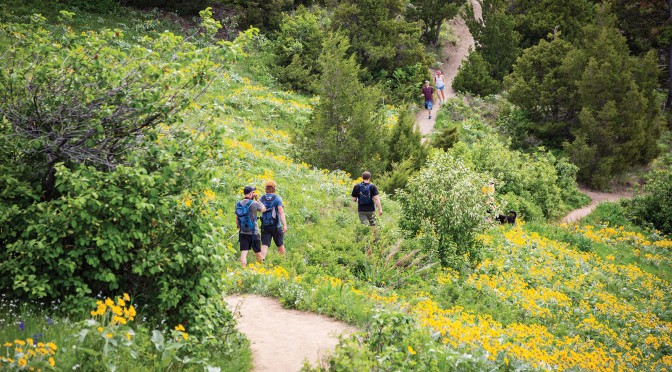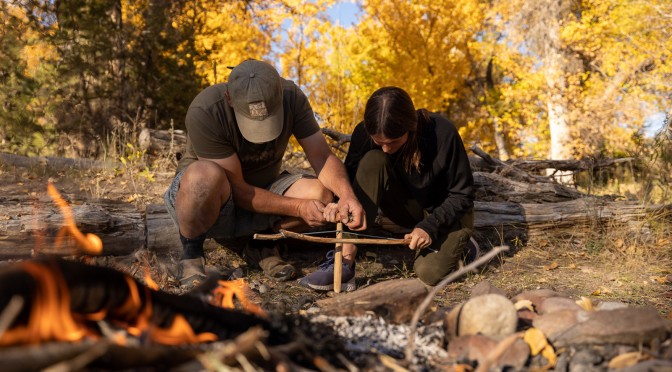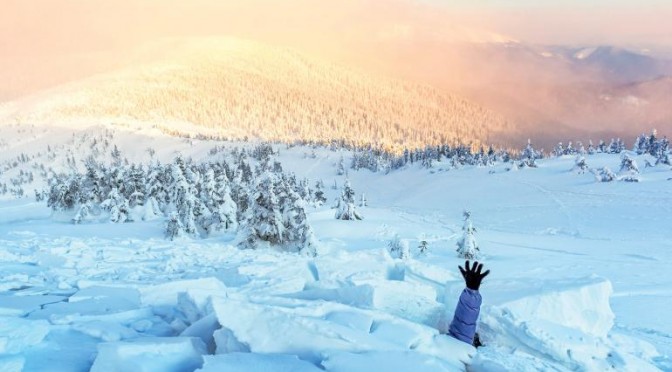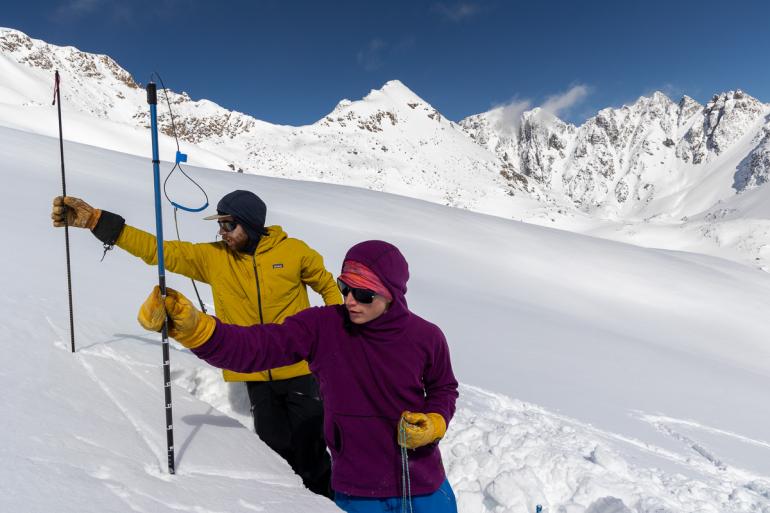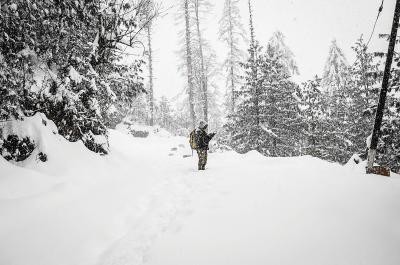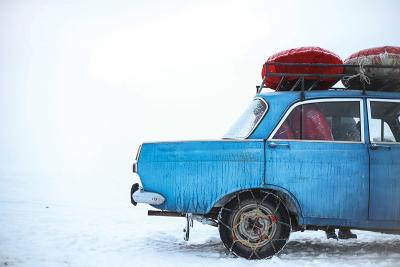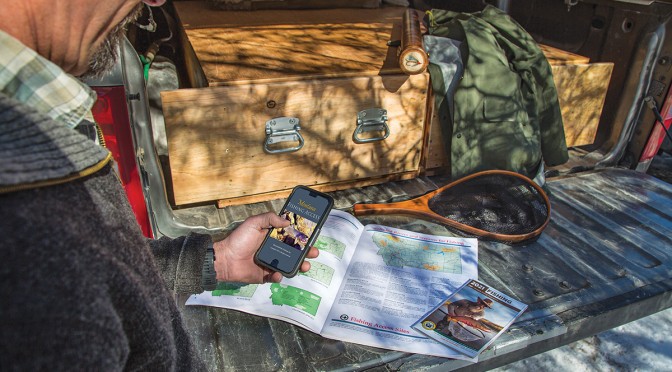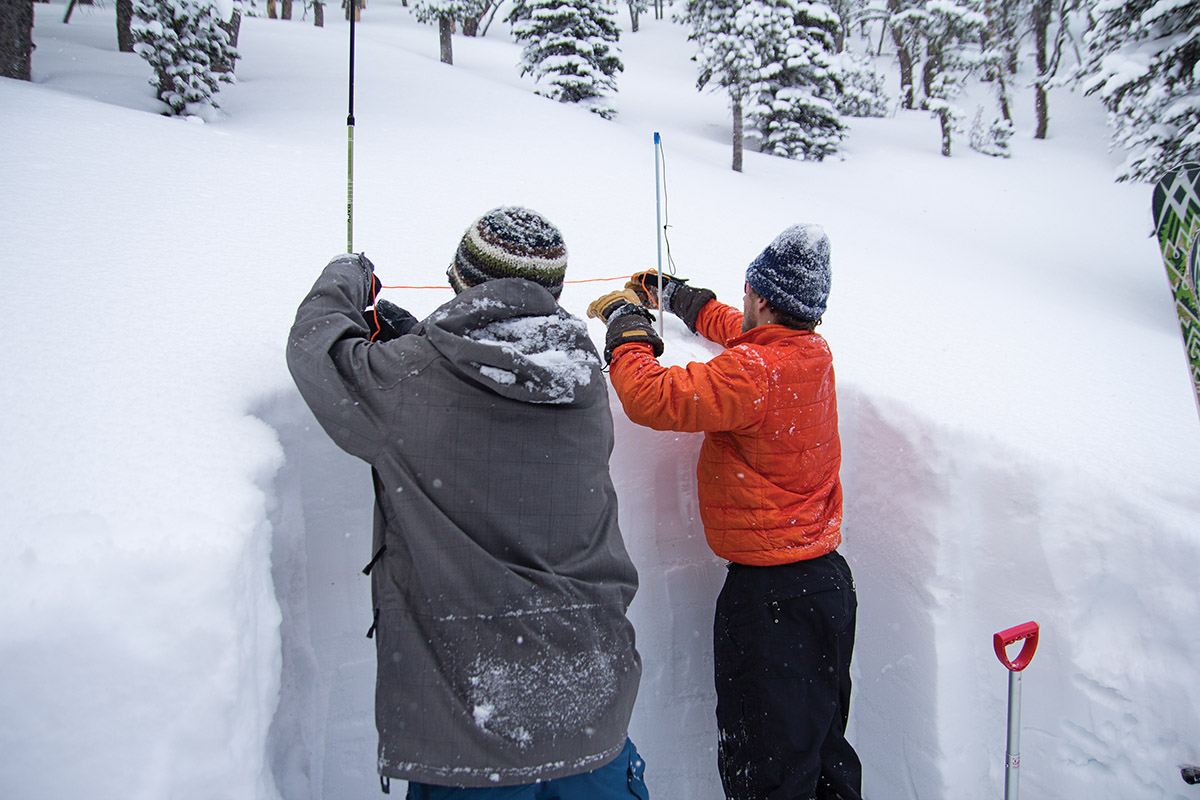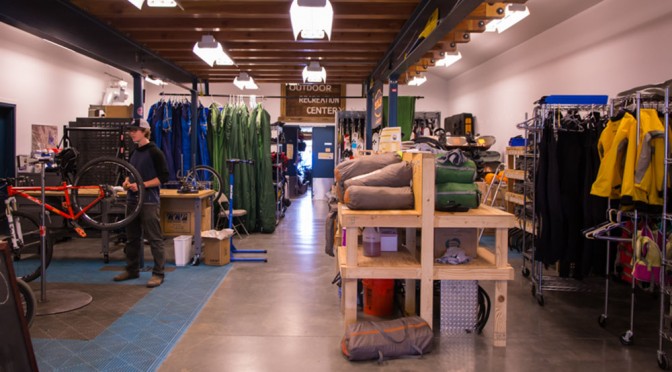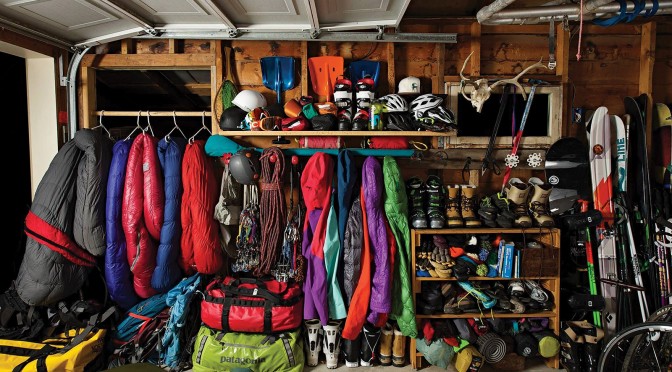by Jack Taylor
It doesn’t take a whole garage full of gear to make the most of southwest Montana’s outdoors. In fact, some of our favorite activities and outings require little to no specialized equipment whatsoever. So if you’re tight on cash, or just want to keep it simple, here are some ideas.
State Parks
Many of Montana’s state parks serve as one-stop destinations for recreation, camping, and culture. They’re usually located at historic sites, and most have visitor centers where you can learn about the cultural significance of the area. For example, see how the natives hunted bison at Madison Buffalo Jump, take a subterranean stroll at Lewis & Clark Caverns, or explore the lush floodplains of Missouri Headwaters. All you need is a good pair of walking shoes.
Swimming Holes
Especially in the heat of summer (or other times of year for the masochistic), taking a cool dip is a great way to immerse in the outdoors. There are rivers and streams all over the place around here, plus a healthy handful of lakes and ponds, and finding your favorite swimming hole is a fun adventure—so we won’t spoil the goods. But some of the most popular places to swim near town are Glen Lake Rotary Park (a.k.a., Bozeman Beach) and Hyalite Reservoir.
Tube Floats
Speaking of water, you don’t need to invest hundreds or thousands in a watercraft to go for a float. In fact, when the weather is warm, hordes of Bozemanites will take to lazy stretches of river aboard cheap inflatable inner-tubes to relax and soak up the sun. The lower Madison River from Warm Springs to Black’s Ford is by far the most popular destination for this type of float; in other words, if you want any inkling of solitude, go elsewhere.
Dirt Roads
There are hundreds of miles of Forest Service roads in the mountains of the Custer-Gallatin National Forest, and hundreds more miles of ranch-access roads out in the plains. Some of them may require a high-clearance, four-wheel-drive vehicle, but many will accommodate any ol’ sedan just fine. Take a drive and see what you find. Moser Creek, Little Bear Canyon, and Springhill are good places to start.
Town Trails
Thanks to conservation easements maintained by the Gallatin Valley Land Trust (GVLT), you don’t even need to leave the Bozeman city limits to explore the out-of-doors. There are nearly 100 miles of trail in the Main Street to the Mountainstrail system that will take you back and forth across town, and even plug you into Forest Service trails in the Bridger and Gallatin ranges. So lace up your shoes and hit the dirt—there’s nothing holding you back.
Plein Air
Artistic talent be damned—grab some watercolors, colored pencils, oil pastels… whatever suits your fancy, and post up with a canvas or sheet of paper outside. You don’t need to be the next Monet to appreciate the experience of creating outdoor art. It’ll surely help you notice previously unforeseen details in your surrounding landscape, and who knows—maybe you’ll get hooked on a new hobby.

